What is the secret to bread baking? What are the tricks to get a bread so delicious you can’t stop eating?
Besides using a trustable bread recipe, I have a few tips that make bread baking easier, specially if you're new to this!
When you’re starting, it might be difficult to bake bread like the ones you see in bakeries. A few years ago, delicious homemade loaves were just impossible to achieve to me!
But after a few tries and a lot of reading, I noticed what worked and helped me every time, with every single bread recipe.
After those tips, bread baking will get much, much easier.
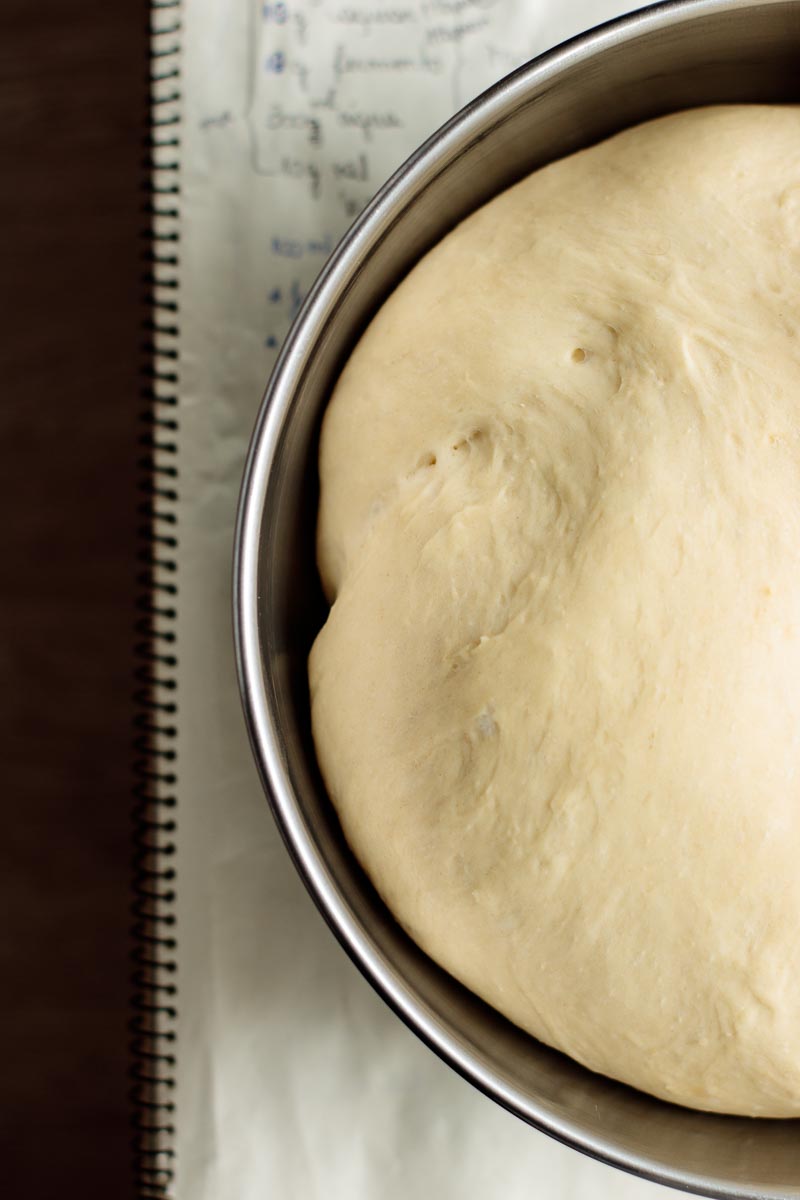
#1 Read the recipe and follow it
I know, it seems obvious, right?
But sometimes you just don’t want to read the instructions, they are ENDLESS, you’re too lazy, think you can pull it off with only reading the ingredients.
In bread making, you need to read the full instructions, SPECIALLY if you are new to this. Read it. Read it again to see if you got everything right.
Don’t go substituting ingredients and hoping for the same outcome if the recipe specifically says you shouldn’t do it.
A good recipe will tell you everything you should know about it, what can usually go wrong and how you can avoid it, what should you use as X’s substitute if possible, and approximated rising and baking times.
So get a good recipe, read it twice, read the notes, and follow every step.
#2 Measure the ingredients correctly
My best advice for bread making is having a kitchen scale.
Measuring precisely the ingredients is the best way to start a fail-proof loaf.
I know, I know: sometimes we’re too lazy to get the scale, sometimes we don’t have it in our kitchen, sometimes we accidentally break it.
You’ll probably get some grams off when using spoons and cups. But measuring in cups is possible, as long as you do it correctly.
To measure correctly your flour, spoon it into a measuring cup and use a knife to level it off. Never forget to level it off, and never add less than necessary to fill the cup completely.
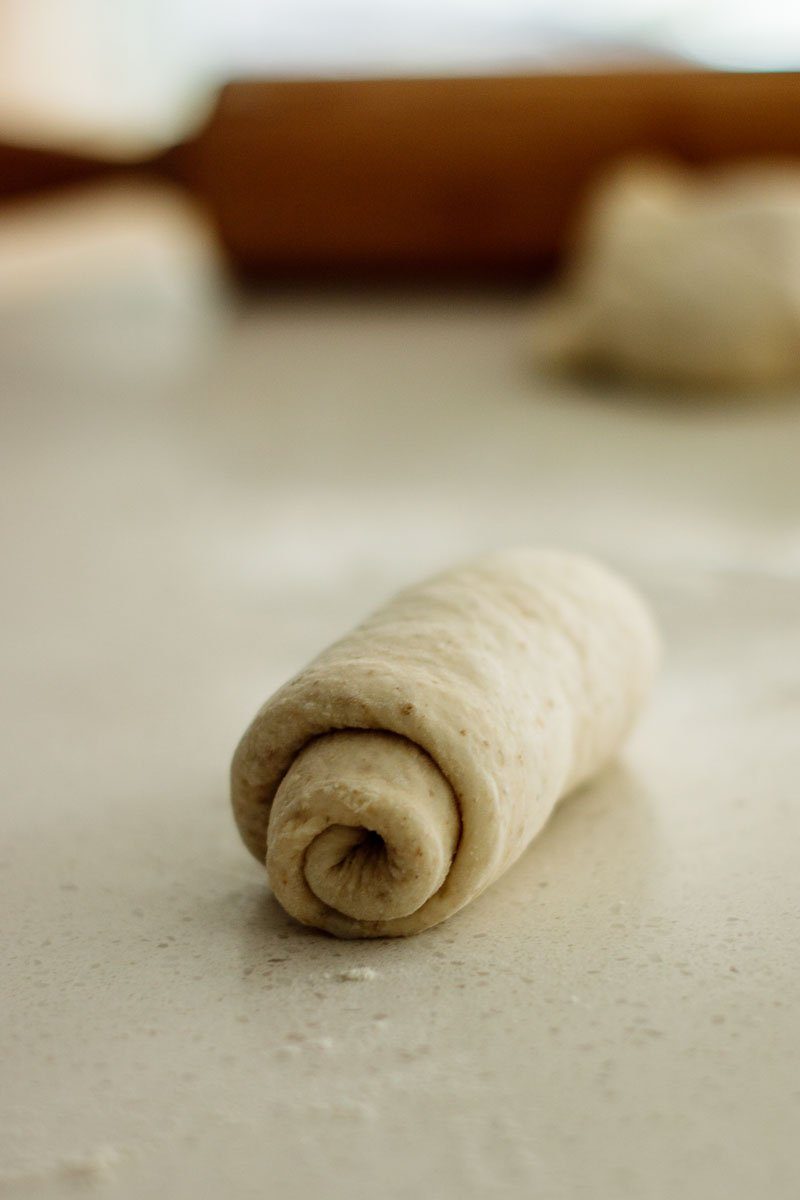
#3 Don't forget the salt (but avoid adding it on top of your yeast)
Salt is wonderful, and you should add it to every recipe, even if only a pinch.
Adding salt to your dough will not only bring out the flavors, but strengthen it and slow down the fermentation process.
But why would I want to slow down my dough fermentation?
Well, you need time for the gluten to develop. A dough with well-developed gluten has a better structure, aka a fantastic crumb and crust.
If you don’t add a bit of salt, you'll risk having a fermentation that is just too fast for a good gluten development. So don’t skip the salt, or you might get a loaf starchy and super bland.
Just don't add it on top of your yeast when mixing. Doing so can kill a good amount of yeast, causing some fermentation and rising problems.
#4 Never use hot water
Or hot milk, or any hot liquid to make bread dough. It needs to be LUKEWARM, and I can’t stress this enough.
Anything hot kills your yeast, and you’ll end up with a dense dough that resembles more a rock than bread.
Don’t know how hot is lukewarm? Lukewarm is baby bottle warm.
You can test it on your wrist: the water is warm but doesn’t have that hot water bite? Then the temperature is probably ok.
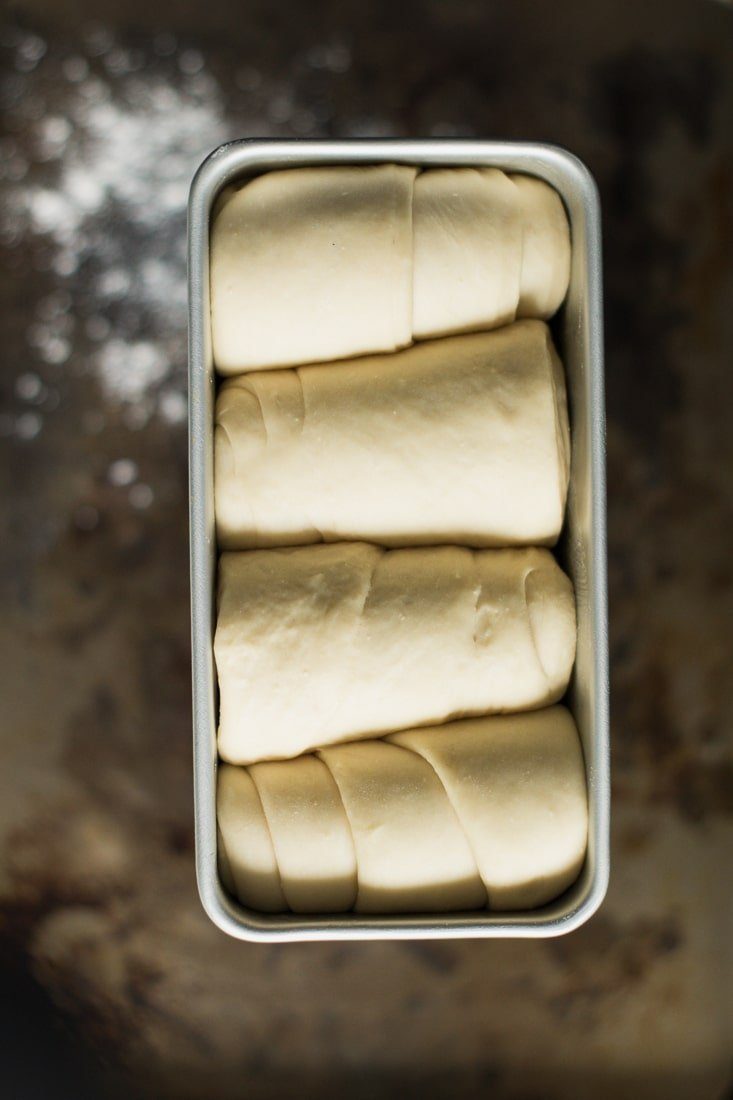
#5 Avoid adding anything cold
Temperature matters. Hot water will probably kill the yeast, but cold ingredients will slow down the fermentation process and can even make the yeast dormant.
So that egg you’ll need for that rich bread? Leave it for 30 minutes outside the fridge. Butter? Always room temperature. Cold milk or water? Heat it until lukewarm.
#6 Check if yeast hasn't expired
That is super important!
A friend of mine tried one of my recipes and asked what has she done wrong, as the bread didn’t rise at all. She had no idea yeast could lose its strength if kept outside the fridge.
About yeast:
- It has an expiration date, and after opening it, it needs to be kept well closed inside the fridge;
- Always check the expiration date before starting a recipe;
- Try to write down the opening date on the lid or jar of the yeast, as it loses its power 6 months after opened.
If you want to make sure the yeast is not expired before starting a recipe, proof it with sugar and water. If active, yeast will dissolve into the water and the top will be bubbly.
Proofing works for both active dry and instant yeast.
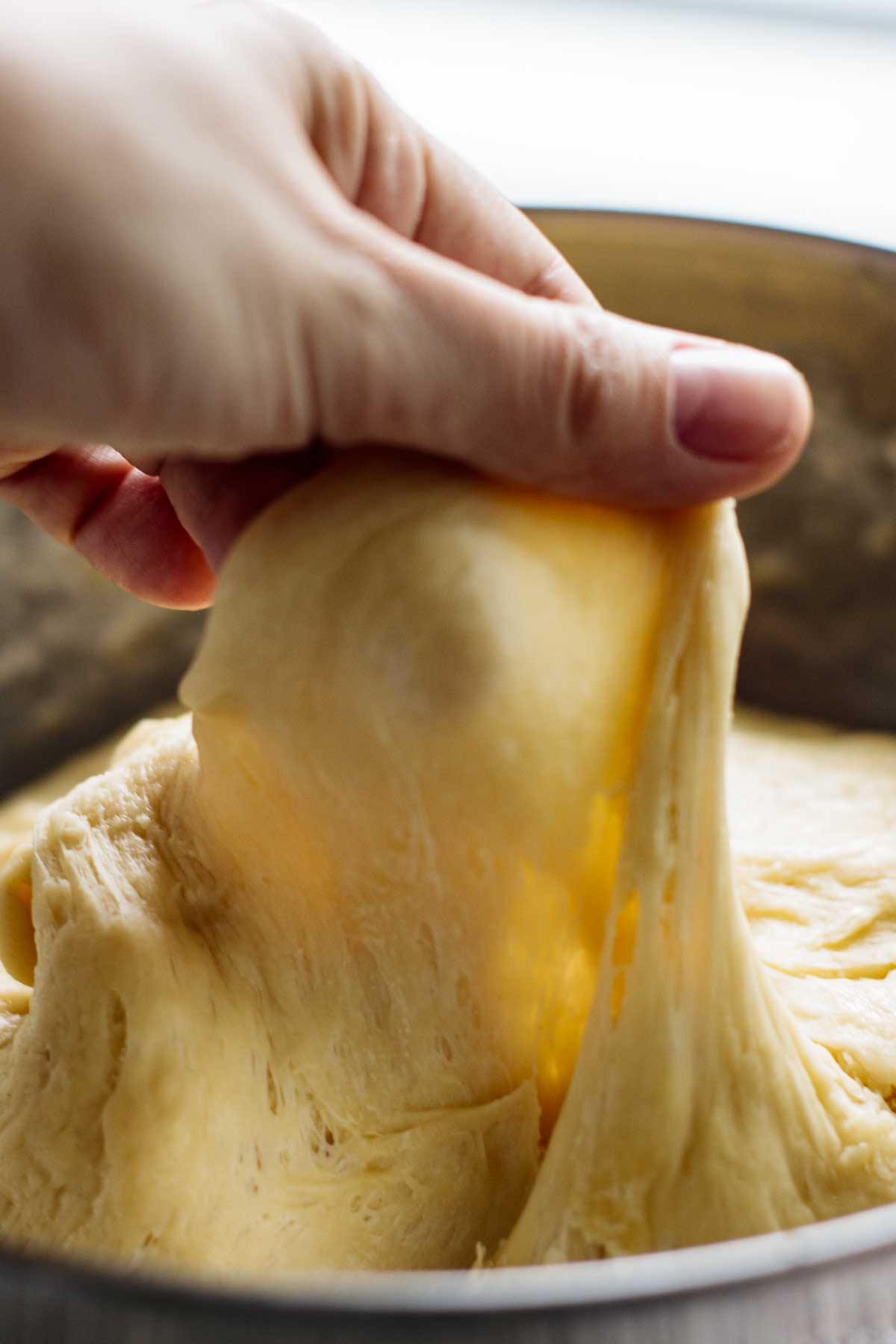
#7 Careful to not under or overknead your dough
It is harder to overknead your dough, but underkneading it is a common problem.
How to know if the dough is under-knead?
If you can stretch it from 2 to 4 inches and it doesn’t break apart (good windowpane), it’s properly knead.
If you're still not confident with your kneading abilities, try a no-knead bread recipe to begin your bread journey.
#8 Leave the dough rising in a warm spot
Temperature is super important for a good rising. As you shouldn't add cold ingredient to the dough, you should also leave it in a warm spot for the first and second rise.
During summer, you probably won’t have problems in finding a warm spot. But if you’re in the middle of a cold winter, near the window might be too cold.
My favorite warm spots are near the heater, on top of the fridge, and next to the stove if I'm cooking.
If your oven has a proofing function, use it for the first rise.
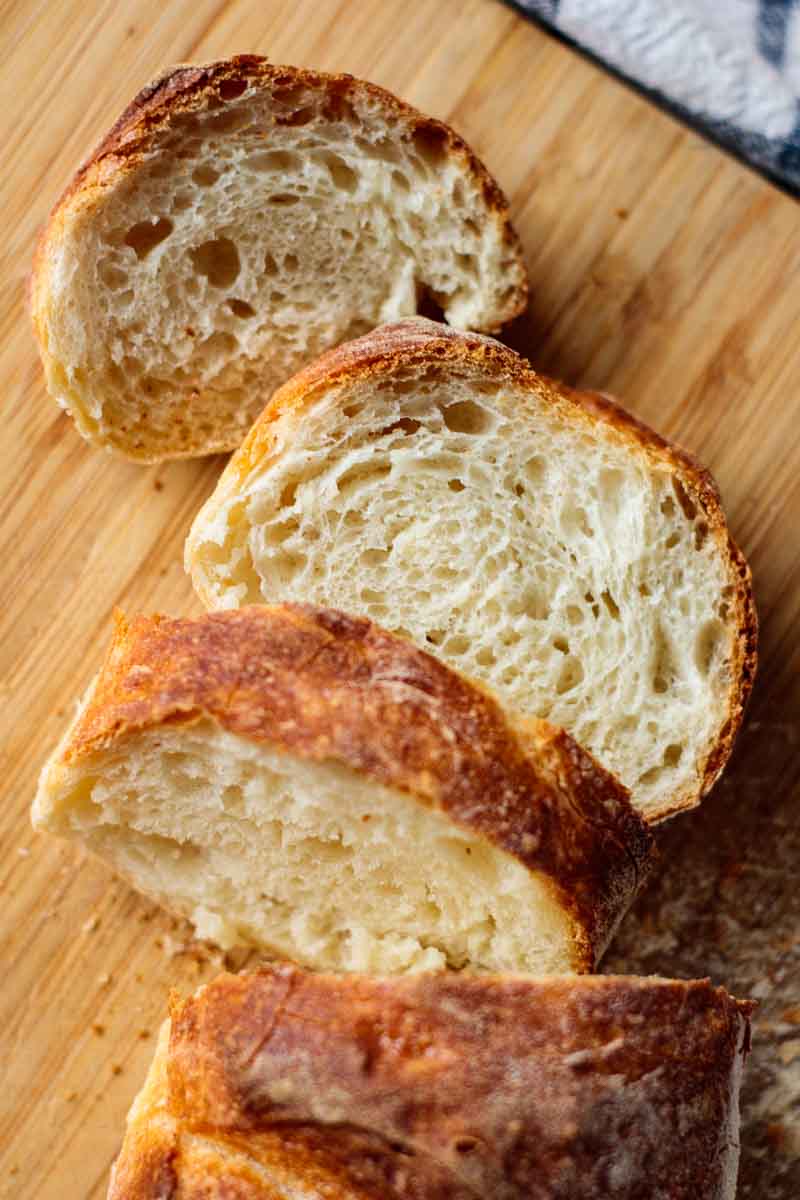
#9 Preheat your oven
Preheating your oven is one of the most important steps. It needs to be at the right temperature the recipe asks for. Preheat it for at least 15 minutes.
For bread, it’s important the oven to be at the right temperature so the yeast can make the loaf rise enough before the flour set.
Placing the dough into a cold oven will affect negatively its rising.
#10 Let the bread cool before slicing
When a loaf is out of the oven, I know all you want to do is slice it and eat it all.
DO NOT do it. Resist.
These dinner rolls and sandwich rolls have a short cooling time, but they still can’t be eaten as soon as they’re out.
But why?
As soon as bread is out of the oven, it’s still baking and setting inside. If you slice it while hot, you’re not giving enough time for it to set. Chances of you ending up with a mushy, soggy loaf are high.
I know, freshy baked warm bread tastes amazing, but trust me: a fully baked and cooled loaf will taste ten times more delicious.
And if you want to have it warm, just reheat it on your oven for 5 minutes.
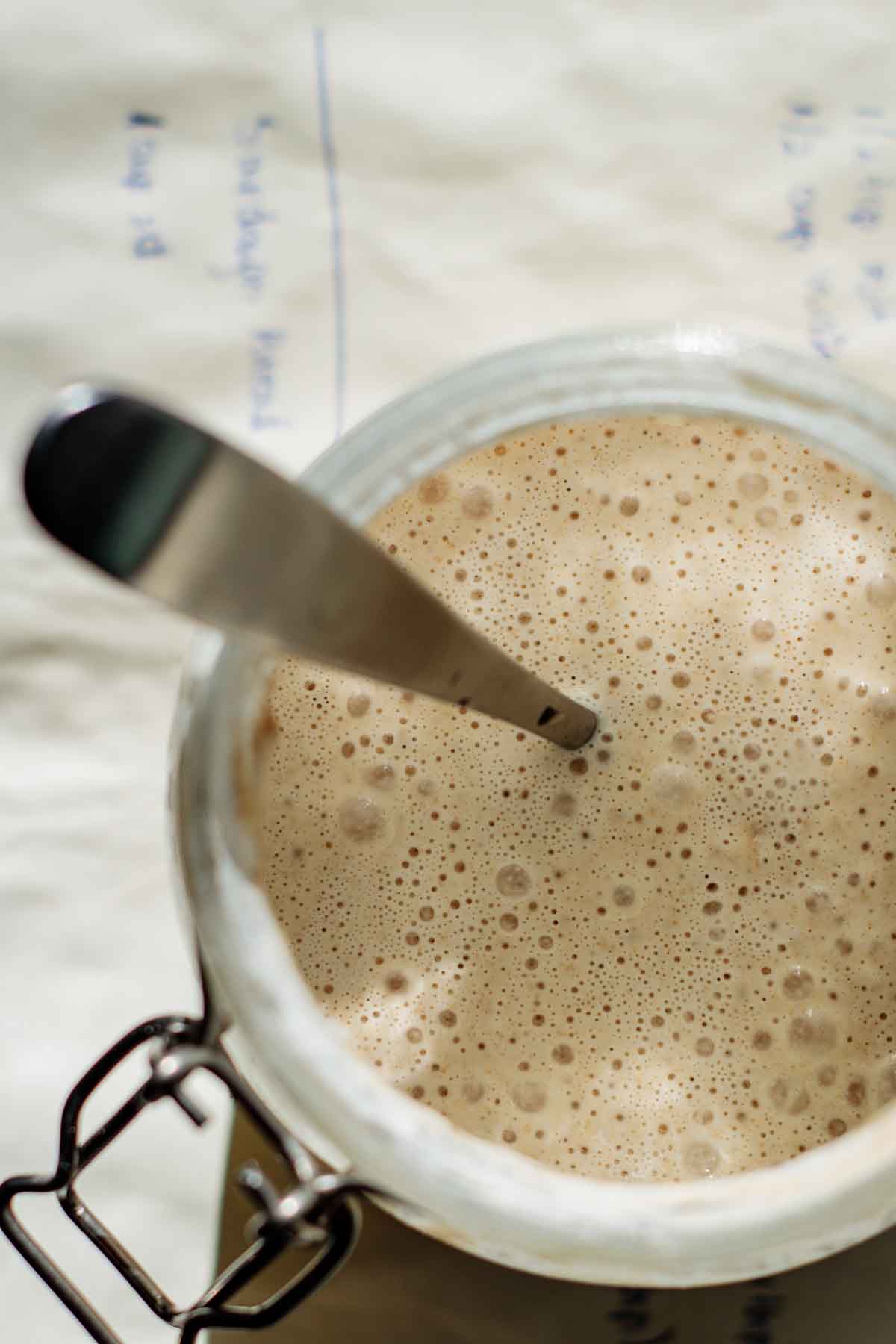
Bonus tip: Boost the flavor using a sourdough starter
For an extra boost on flavor, try adding both a sourdough starter and commercial yeast to bread dough.
The starter gives the right amount of sourness, and with less than ⅓ of a cup I can make a loaf as tasty as one I’d buy on a bakery.
If you still don’t have your sourdough culture and want to start one, don’t waste another minute! I can teach you how to make one here.
Sandwich Bread Recipes:
Japanese Milk Bread
No-Knead Pumpkin Brioche Bread
Dairy-Free Sandwich Bread
Rolls:
Outback Bread Rolls
Subway Bread Rolls
Best Cheesecake Factory Copycat Bread
Challah Rolls
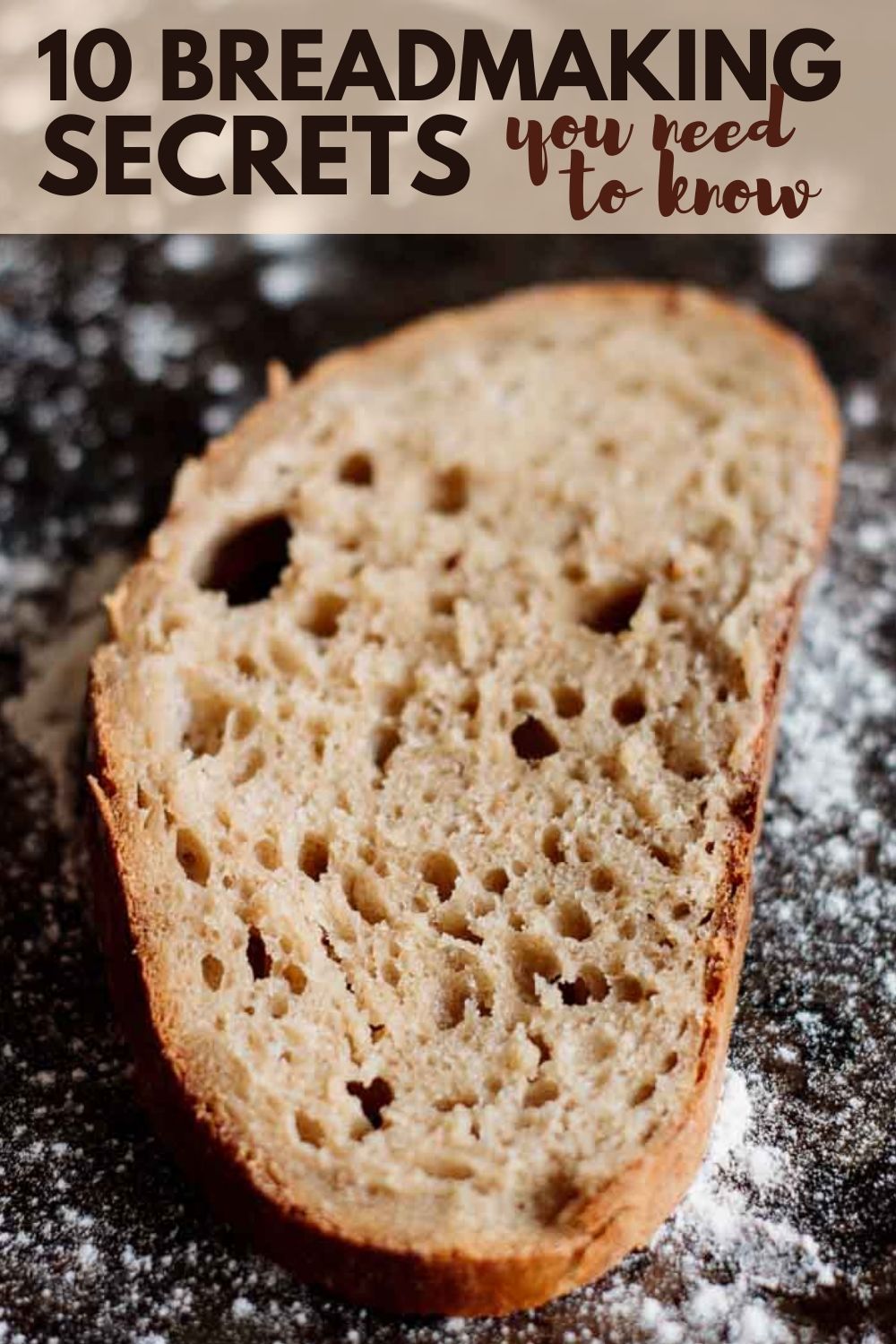

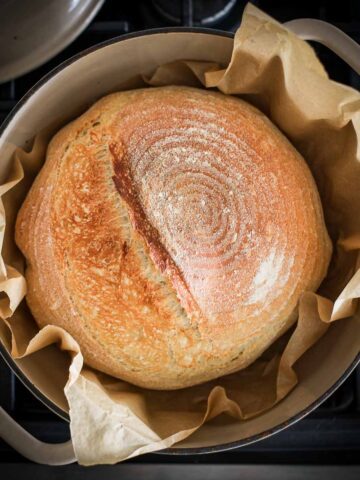
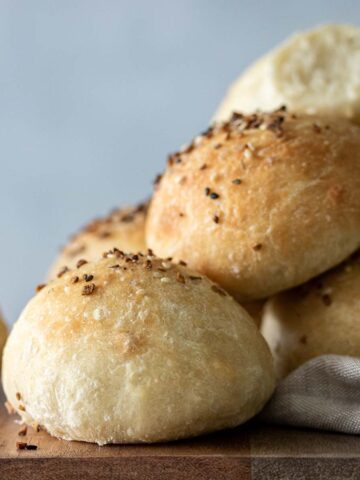
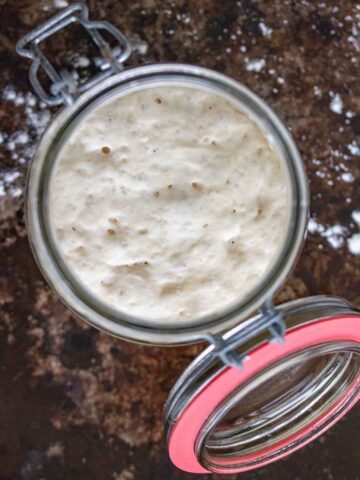
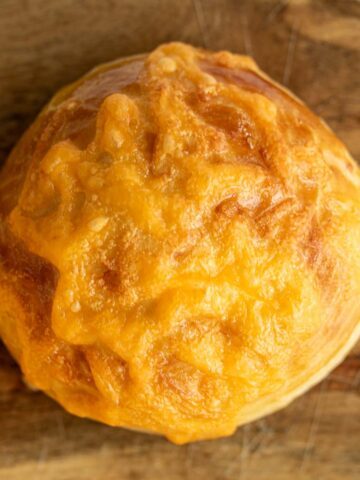
Ray Cook
Grammatical Aaron, apparently M&P aren't the only ones who need to lift their game. 😉
Aaron ingram
Thank you for the awesome tips! You might want to have an editor look at the grammerical errors. It's not a big deal in my book, but others will discount your efforts for it
Milk and Pop
Thanks Aaron! I'm updating all my posts 😉
Trevor
Great tips! Thank you for sharing.
Milk and Pop
Glad you like it, Trevor!
Vimi Gisby
I’ve been baking artisan breads for almost 3 years and success every time but recently, it’s been disasters and bread ended in the bin. Now I’ve gone back to bloomers etc and I knead by hand.
Milk and Pop
Really? Hope these tips can help you!